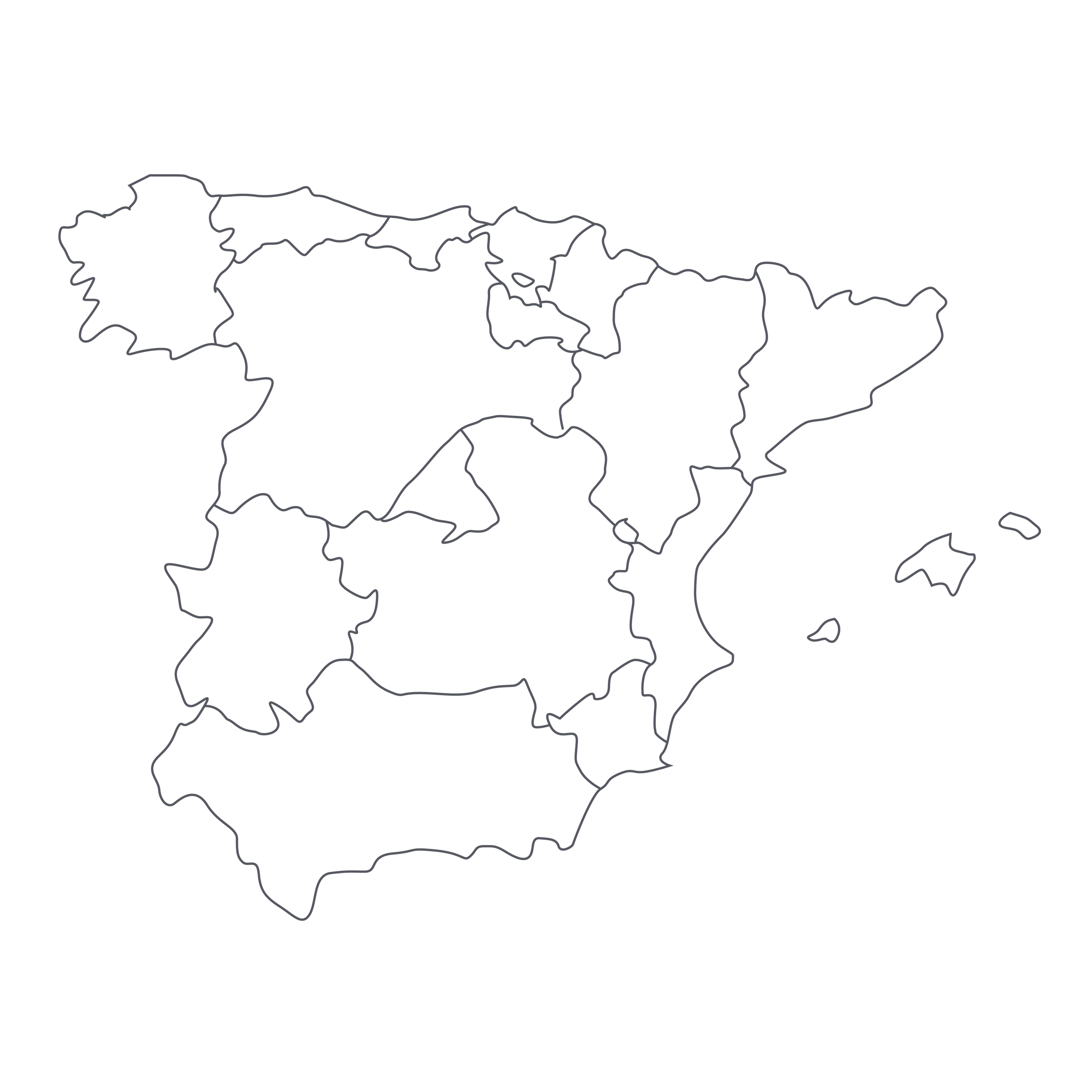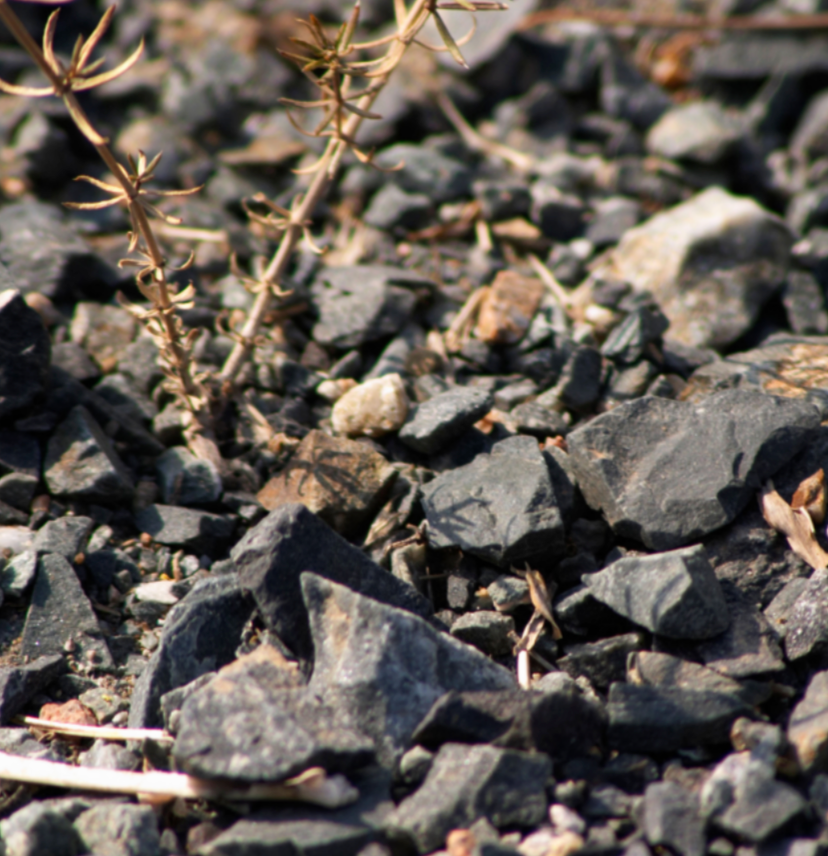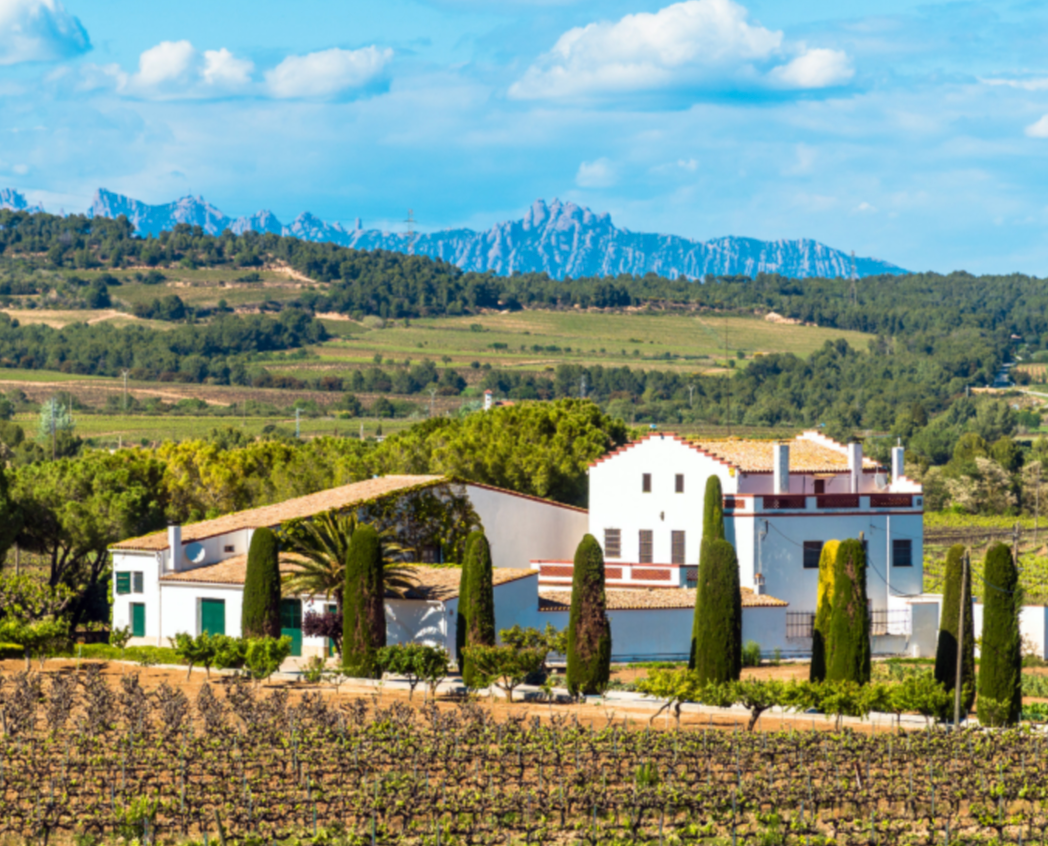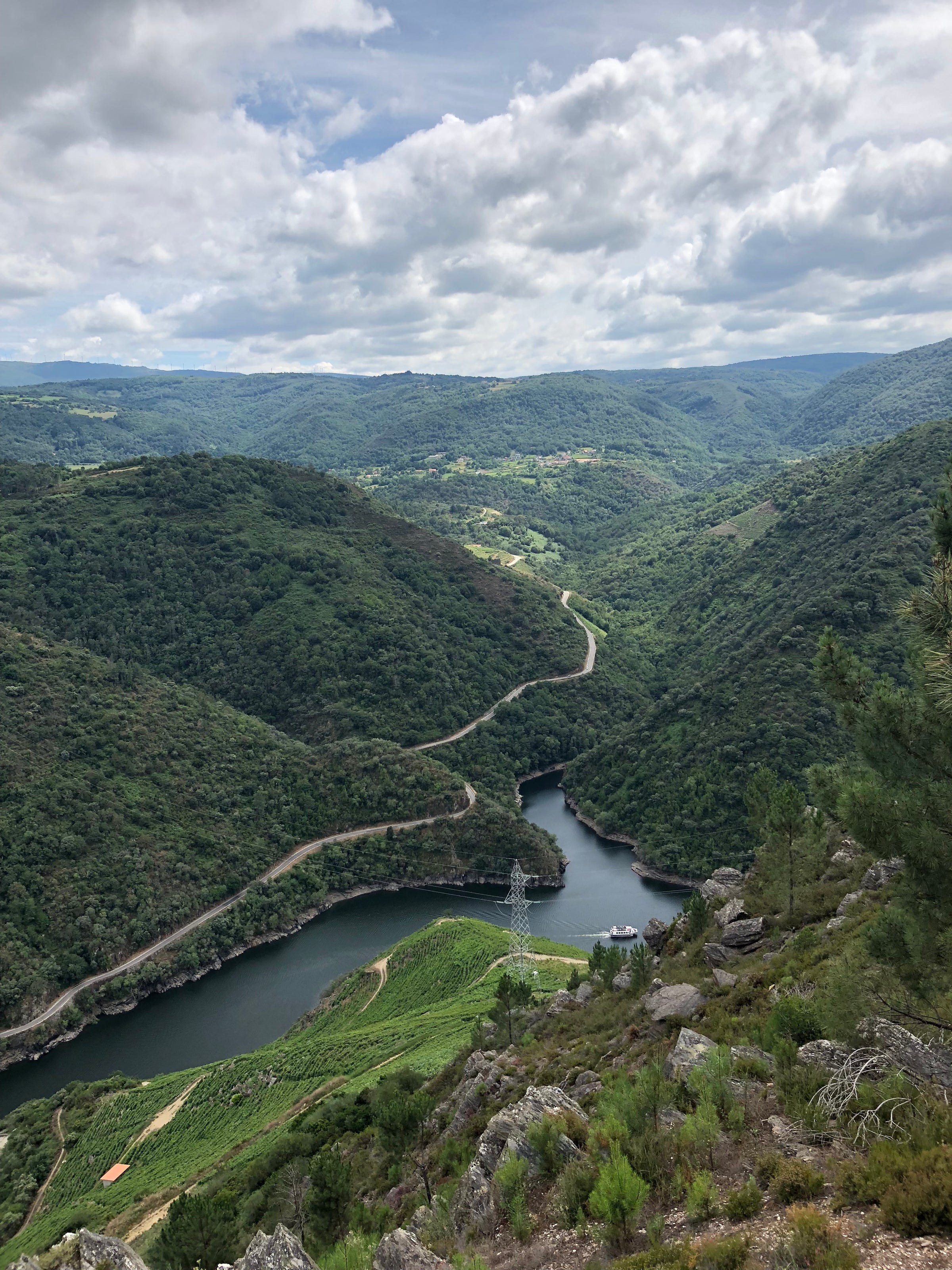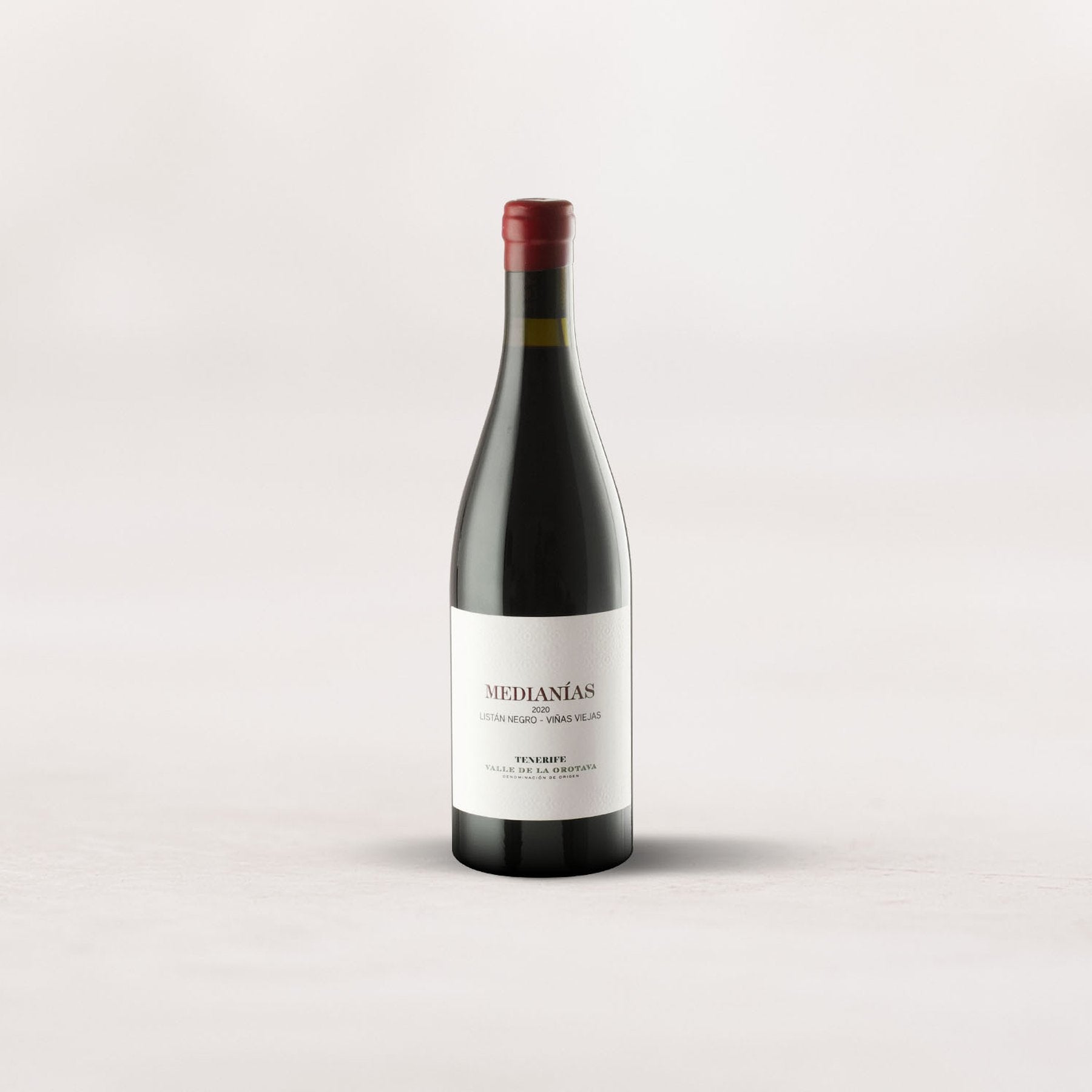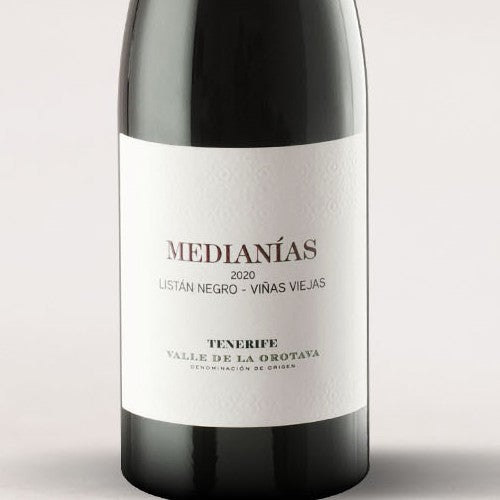This wine has evolved from being an exciting new discovery to a sought-after wine list staple in seemingly record time. Really, you could say the same for any wine produced by Suertes del Marqués: they capture the essence of their place of origin so vividly, all you need to do is put your nose in the glass for express transport to the Canary Islands.
I was unable to visit the island of Tenerife, home of Suertes del Marqués, with my SommSelect colleagues a few years ago but tasting these wines sure makes me wish I had. And at this price point, you simply cannot find a more evocative, rarefied bottle of red wine. Heirloom vines in Tenerife’s Valle de la Orotava—in this case, 80-year-old plantings of Listán Negro, the region’s premier red variety—supply proprietor Jonatan García Lima with superior raw material, and in 2020, he again decided to showcase the variety on its own, sourcing fruit from three ancient parcels. “Medianías” is produced in collaboration with legendary Rioja icon C.V.N.E., but make no mistake: It is unmistakably and unforgettably “Canarian,” as in smoky, savory, and juicy from start to finish. It says something about the character and quality of “Medianías” that the previous vintage sold out faster than most red Burgundies...don’t delay!
“Medianías” means “midlands,” which in the case of Tenerife means vineyards situated at 600 meters. That’s “highlands” in most of the rest of the world, but in the Valle de la Orotava it’s just another day at the office. This bottling is part of a wide-ranging line of site-specific wines from Suertes del Marqués, with the Listán Negro grapes coming from gnarled old vines that are trained in the traditional cordón trenzado method—wherein the “arms” (cordons) of the grapevine are fashioned into long, winding braids. The main purpose of these braided vines is to enable their farmers to move them occasionally to allow for the planting of other crops. In past vintages, Medianías has incorporated other local reds such as Vijariego Negro and Tintilla, but in ’20, the wine is 100% Listán Negro. The black, ashy soils in the vineyards were formed by the nearby Teide volcano.
Tenerife is the largest of the Canary Islands, and Valle de la Orotava is an appellation (DO) on its cooler, northern end. Prior to starting the Suertes del Marqués label in 2006, Jonatan’s family grew grapes in the Valle de la Orotava; they now draw on 11 hectares of organically farmed estate vineyards, along with a host of other local growers who work according to their specifications. As is the case in other such island terroirs (whose ashy volcanic soils proved resistant to phylloxera), many of these vineyards contain extremely old vines, including some ungrafted parcels exceeding 100, even 150, years of age. Along with Listán Negro and Blanco, the two best-known native grapes on Tenerife, they also have Pedro Xímenez, Tintilla, Baboso Negro, and other field-blended local varieties. Jonatan is now working out of a spanking-new winery, which is tucked into a hillside overlooking the ocean.
One of the benefits of the trenzado training method is that the long, braided fruiting canes allow for full maturation of the grape stems, which enables Jonatan to ferment the wine with whole grape clusters intact without extracting undue bitterness. The wine was fermented in open-topped vats on wild yeasts and aged for nine months in a combination of concrete tanks (20%) and 500-liter barrels (80%).
As I’ve found with all Suertes del Marqués wines, this 2020 is clean and well-made but also funky, earthy, and a little wild—just how we like it! In the glass, it’s a deep garnet-red moving to pink at the rim, with a lot of dark fruits and humid, smoky earth notes on the nose. In this vintage, it’s a touch heftier (though it still only clocks in at 13% a.b.v.), leaning toward Northern Rhône Syrah in character but with a telltale volcanic edge. Aromas and flavors of black cherry, cranberry, and plum surf a savory wave of cured meat, underbrush, black pepper, and a generous dusting of volcanic ash. It is medium-bodied, with firm tannins and lots of brisk acidity driving the long, smoky finish. After a brief decant, serve it in large Burgundy stems at 60 degrees with a dish that plays to its rustic side. Check out the attached recipe for a classic Canarian version of ropa vieja and celebrate one of the greatest red wine values in the world. Cheers!
